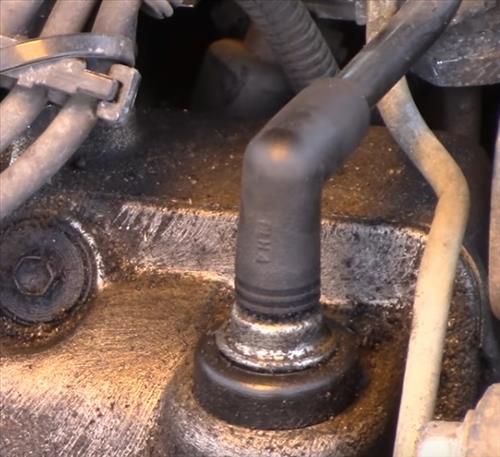
A PCV valve is a necessary part of an engine that allows the pressure that builds in the crankcase to be released.
When a PCV valve fails, and the pressure is not released, it can cause several symptoms, such as blowing out gaskets or engine misfires.
The symptoms will vary and depend on whether the valve is stuck open or closed.
What is an Engine PCV Valve?
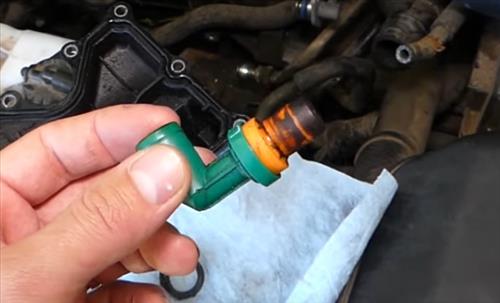
The PCV (Positive crankcase ventilation) valve relieves crankcase pressure that is caused by blow-by gases during combustion.
Blow-by gases seep past the piston rings and go into the engine crankcase.
Without a working PCV valve, pressure will build up in the crankcase, which can cause issues.
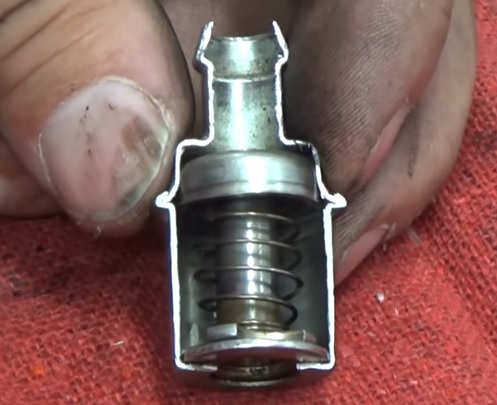
This pressure build-up can blow out engine seals and gaskets.
The gases also mix with the oil, which can cause oil sludge that will block oil passages, lower oil pressure, and damage bearings.
The crankcase pressure is natural to combustion engines but becomes worse as an engine ages, and the piston rings become worn.
Worn piston rings allow more gases to seep past, which creates more blow-by gases in the crankcase.
History of the PCV Valve
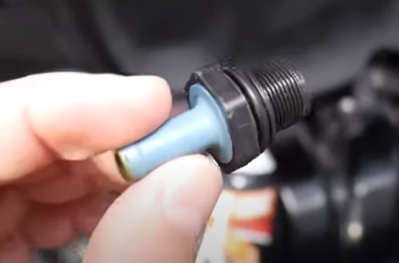
Combustion engines naturally build crankcase pressure from engine blow-by gases that need to be released.
If the blow-by gases are not released, the engine oil will become contaminated, and the pressure can blow out gaskets.
Early engines relieved this pressure with a breather tube called the “road draft tube” that was simply open to the outside air.
While the road draft tube works, it dumps all the engine contaminants into the atmosphere and onto the road.
To relieve the crankcase pressure, without dumping all the pollutants into the atmosphere, the PCV valve was introduced by GM in the 1960s.
A PCV valve creates a vacuum that pulls the blow-by gases back into the engine to be burnt away.
The PCV valve was the first vehicle emissions device, which GM gave away the patents for free so the rest of the automotive industry could use it.
After research found that road draft tube was responsible for half of hydrocarbon emissions, California made PCV valve mandatory on all new vehicles in 1961.
By 1964, almost all new vehicles came with a PCV valve built in.
Symptoms of a Bad PCV Valve Stuck Closed
- Whistling or Hissing sound
- Very Dirty Engine Oil
- Oil Seepage
- Seals and Gaskets Fail
If the valve is stuck closed, the engine oil will become dirty and slugged.
The blow-by gases will contaminate the engine oil, making it become contaminated.
Seals and gaskets can also start to leak since pressure is building up in the engine and pushing them outward.
This includes rear main seals and valve cover gaskets.
Sometimes, a whistling or hissing noise can be heard as the valve may be stuck partially closed and air is being pulled through a clogged opening.
Symptoms of a Bad PCV Valve Stuck Open
- Rough Idle
- Misfire
- Black Exhaust Smoke
- Spark Plugs Fouling Out
- Vacuum Leak
A PCV valve has a metering device that manages how much of the blow-by gases can go into the intake.
The metering device closes and opens depending on the vacuum and the engine and RPM.
If too many blow-by gases go into the intake, it can throw off the air-fuel ratio mixture that is going into the cylinders.
This can cause the engine to run rough, misfire, and cause black smoke to come out of the exhaust.
If large amounts of blow-by gases go into the intake, oil will build up on the passages and spark plugs, possibly causing the plugs to foul out.
A stuck open valve can also cause a vacuum leak since it is supposed to be mostly closed when the engine is idling.
3 Methods To Know if a PCV Valve Has Failed
- Test for Vacuum
- Remove the PCV Valve and Shake It
- Check Engine Oil
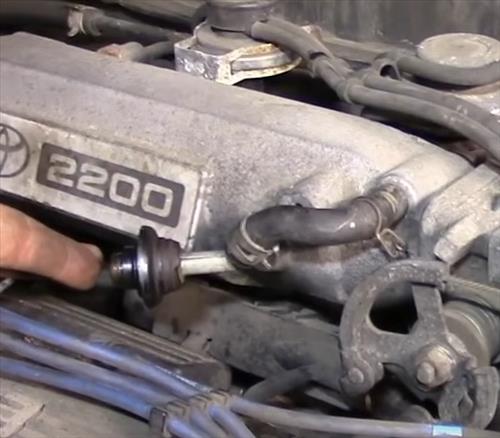
There are several methods to test if the PCV valve Has failed.
The most common method is to remove the intake hose, start the engine, and check the vacuum.
At idle, there will be almost no vacuum, and the valve will be almost completely closed.
As the engine RPMs are increased, the valve should open more, and a vacuum can be measured with a gauge or felt.
If a vacuum can be felt at higher engine RPMs, then the valve is not stuck closed.
Many mechanics will feel for the vacuum with a finger, but a vacuum gauge can also be used.
Another method is to remove the PCV valve and shake it.
A metering device is located inside a PCV valve that can be heard as a small taping noise when it is shaken.
If the metering device is stuck, it can not be heard.
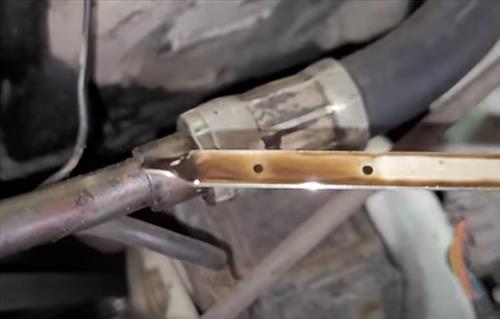
A bad PCV valve will contaminate the engine oil, making it dirty and sludgy.
Check the oil, and if it is very dirty and has sludge, the PCV valve may have gone bad.
This is especially true if the engine oil was recently changed and is now very dirty.
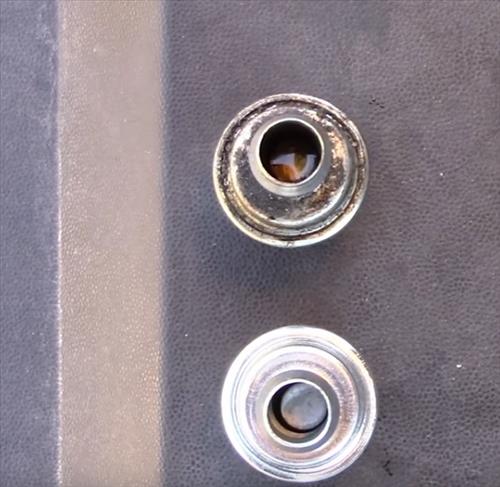
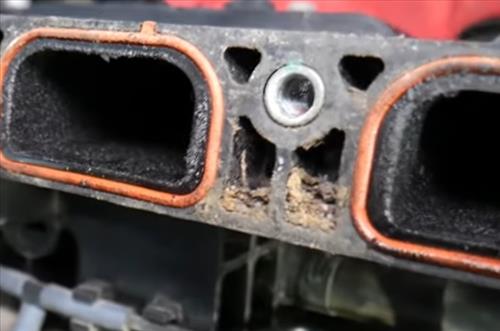
Thank you for this. My 2016 gmc terrain has been filling my intake box with oil since I got it and I run full synthetic oil in it. The oil is always black shortly after it gets changed. Also I have to add at least a quart every thousand miles as long as I’m not climbing any inclines. If I’m driving a lot of inclines then it’s a quarter every 500 miles. It’s gotten worse since I got it. This post confirms some of my suspicions on the problem. But my pcv is very different looking. It’s a tube a very long tube.